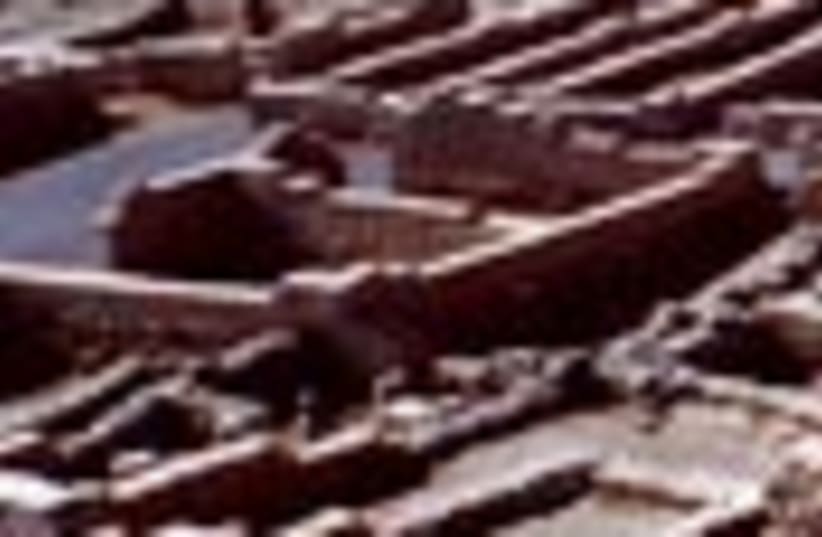| More about: | David Ben-Gurion, Negev, Paula Abdul, Ben-Gurion University of the Negev |
The heart of the Negev
The unique features of Beersheba and its environs make them a delight to visit.


| More about: | David Ben-Gurion, Negev, Paula Abdul, Ben-Gurion University of the Negev |